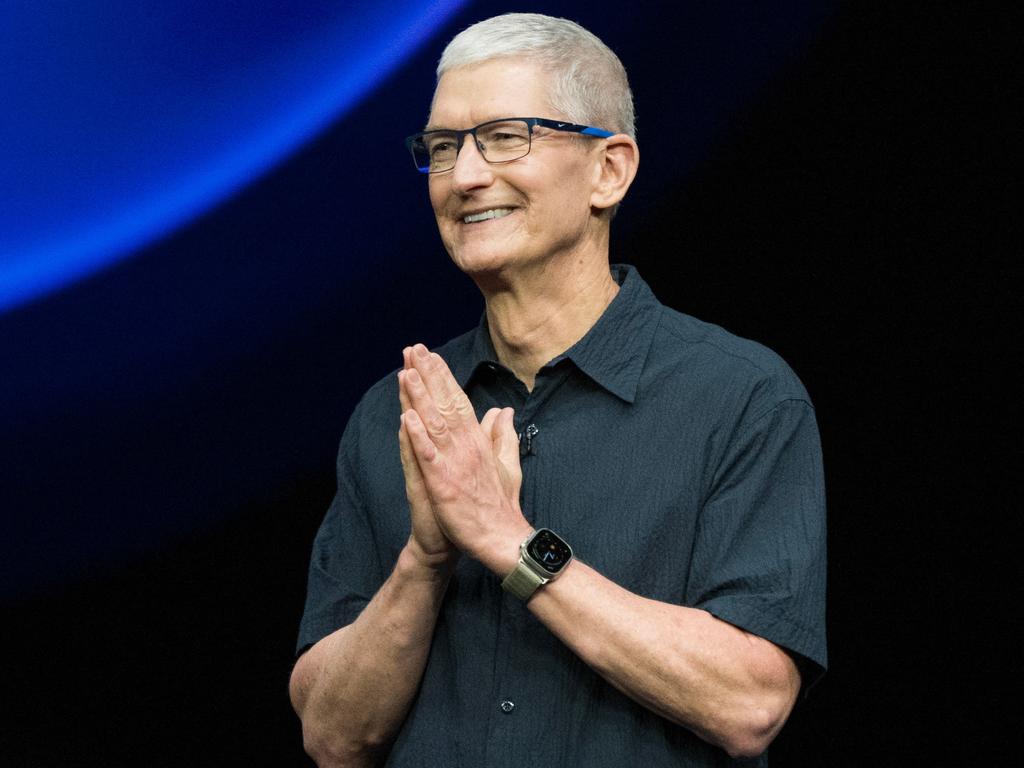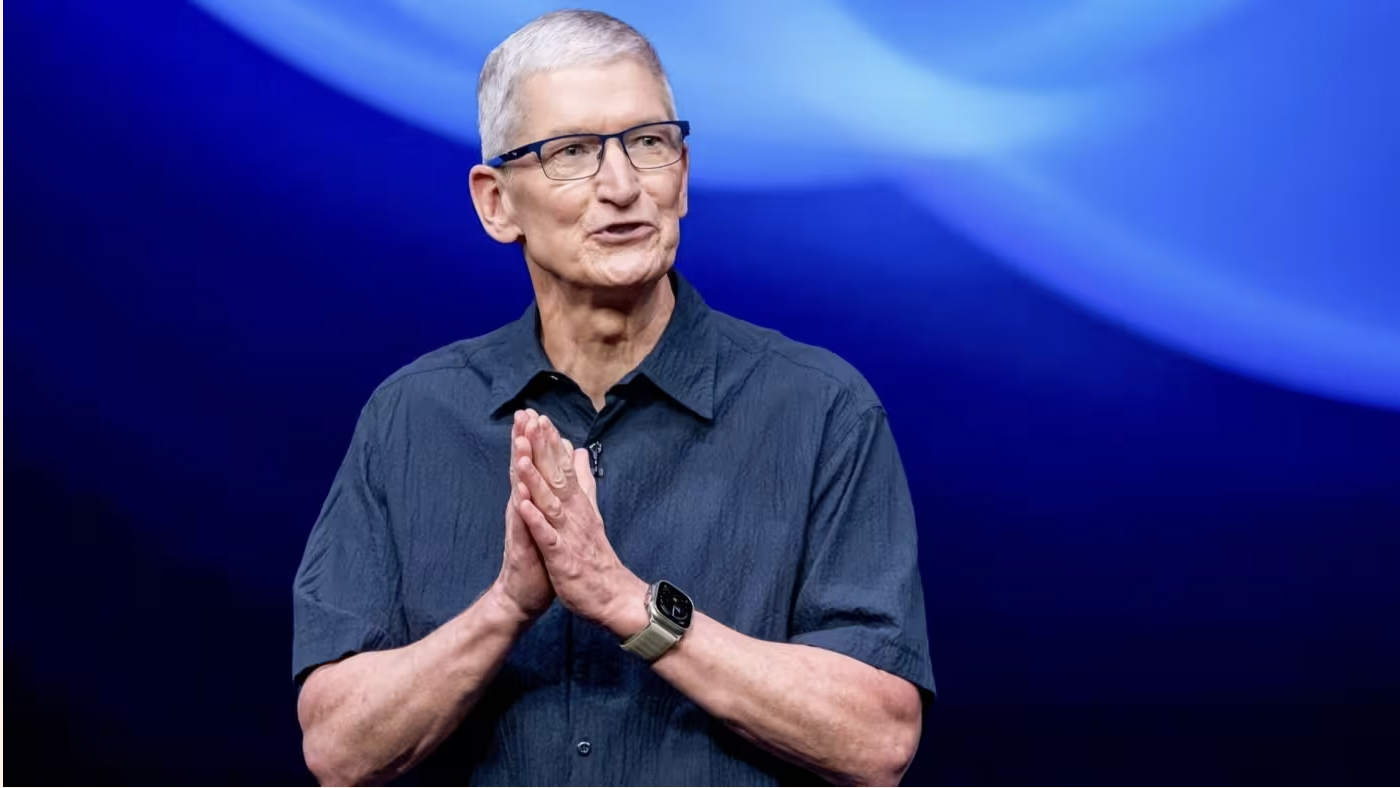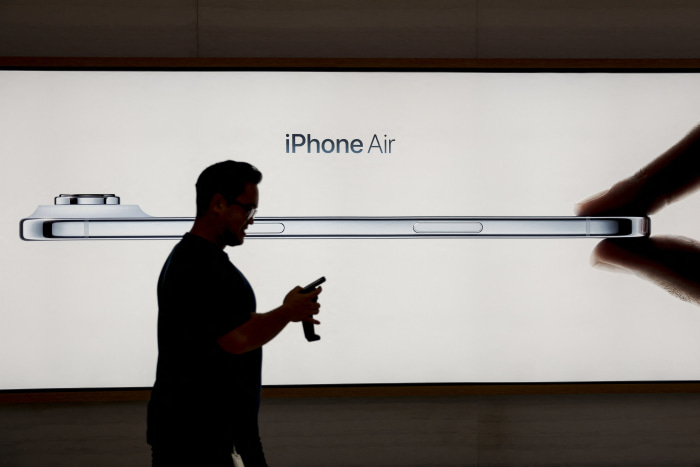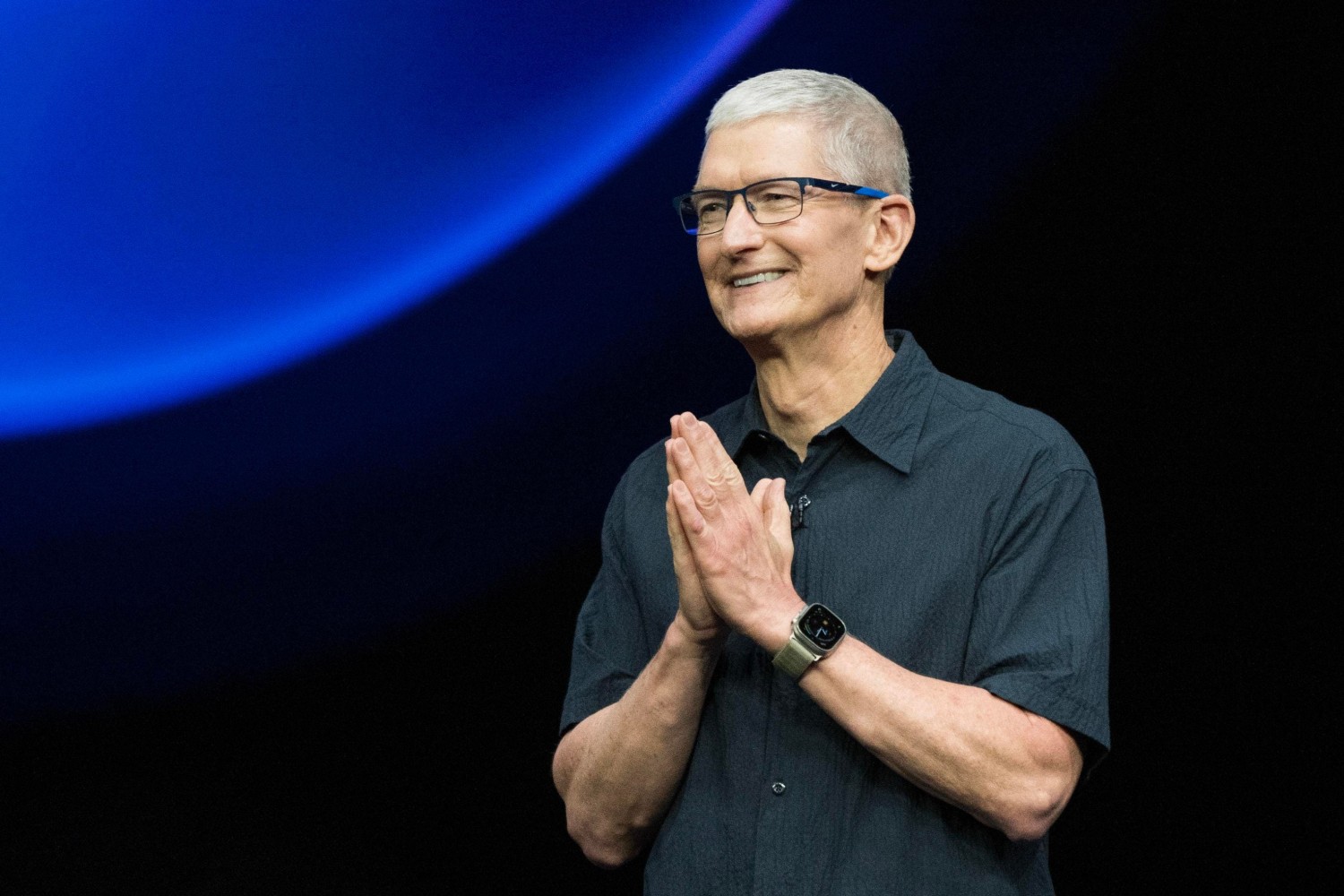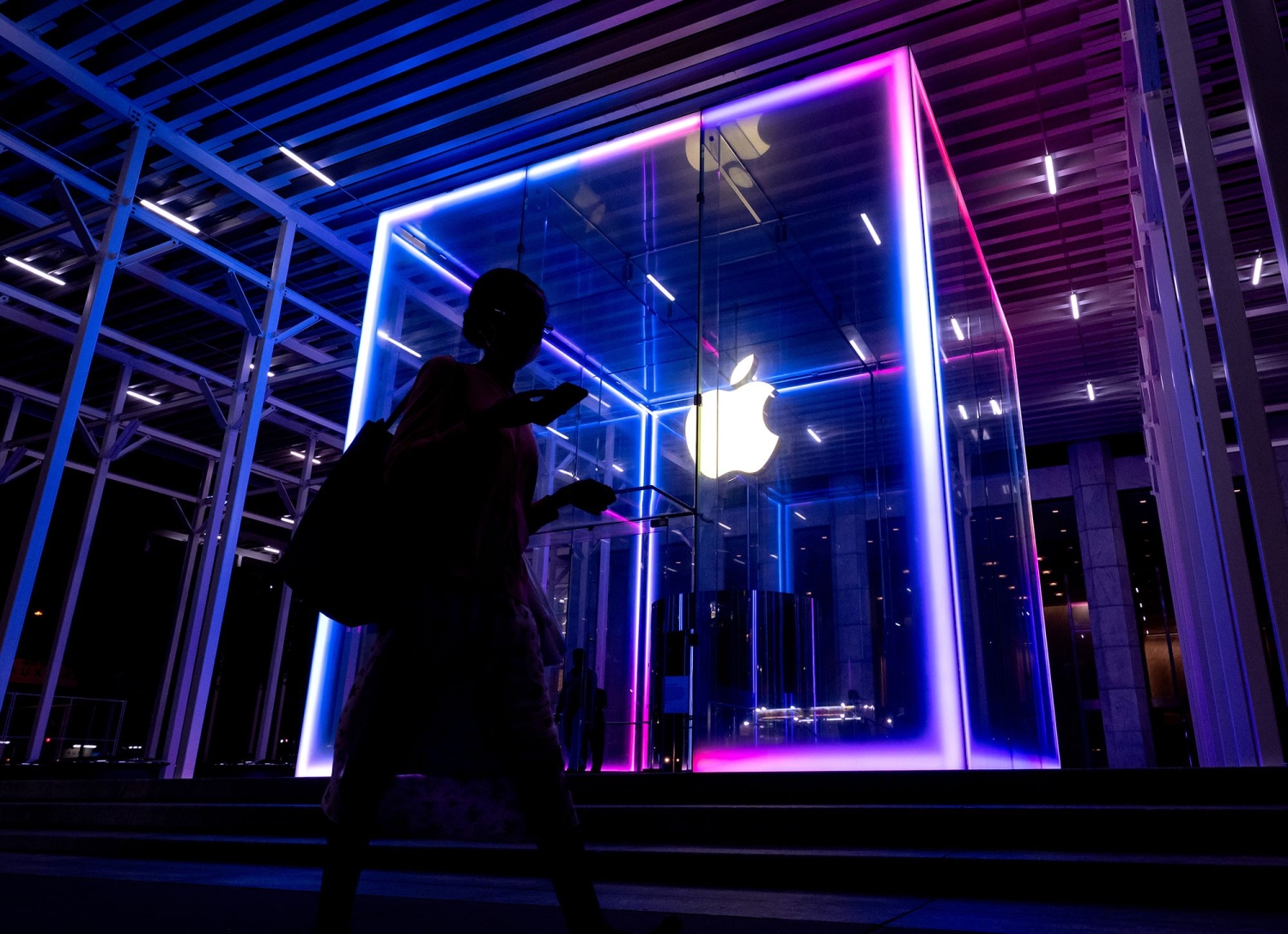
This article is more than
9 year oldWhat Apple didn't tell us at the iPhone 7 launch
SAN FRANCISCO — A company as famously tight-lipped as Apple will rarely, if ever, provide hints about what it is cooking up next.
But with some truth serum, here's what executives might have discussed:
What we didn’t hear at Wednesday's iPhone 7 unveiling:
*Virtual or augmented reality. The list of companies that have entered the virtual and/or augmented reality space reads like Who’s Who in the (Tech) Cast: Facebook, Google, Sony, Microsoft and Samsung. For now, Apple is an understudy, lest you factor in all the folks who got their first taste of AR playing Pokémon Go on an iPhone.
In fact, Apple holds numerous patents in VR, and has made some high profile hires in the field. And Tim Cook stated recently that the company is “high on AR in the long run.”
What we don’t know is how long Apple is willing to play the long game. Or what mixed reality approach or approaches it might take. Quick primer: Virtual reality fully immerses a user into computer generated virtual world. Augmented reality overlays the virtual on top of the real physical world.

Apple could deliver a VR headset along the lines of Samsung’s Gear VR, which is infused with Facebook-owned Oculus DNA, and requires the use of a compatible smartphone. It could more ambitiously do a VR headset that connects to a computer like the Oculus Rift or HTV Vive. Or follow Microsoft's lead with HoloLens, more AR than VR.
Then again, Apple might go the mobile VR route as Google is doing with the upcoming Daydream platform for compatible Android phones. The new iPhone 7 Plus handset announced yesterday has two rear cameras which suggests some interesting possibilities in the AR realm—we'll have to see. But if Apple chooses to engage in a full throttle mobile VR battle against Daydream, we might have to wait for next year’s iPhone. At this stage we have a lot more questions than answers.
*New Mac laptops. Apple announced that macOS Sierra, the latest version of its operating system for Macintosh computers, will be available to the public on Sept. 20. But while Sierra will let you spice up your current Mac, you'll have to wait a bit longer for new Mac hardware, including the next versions of the MacBook Air and MacBook Pro laptops. We could see these as soon as next month, though it is also possible that their introductions will slip into 2017.
The Mac lineup is getting tired, and seems primed to take advantage of the latest chip technology from Intel. Bloomberg has reported that a new thinner MacBook Pro is in the works, with a flatter keyboard and a new secondary digital function key display feature above the keyboard that will dynamically change depending on the task at hand. And yes, Apple is characteristically mum.
*Apple Car. Tesla boss Elon Musk has called Apple’s electric vehicle an “open secret,” which seems to be the case given the hundreds of engineers reportedly working on the rumored project, including some apparently wooed away from Tesla. Assuming the rumors are true, we’re unlikely to see an Apple Car until 2021. Suffice it to say, Cook & Co. aren’t saying.
Jefferson Graham goes hands on with the new iPhone 7, showing off new features at an Apple event in San Francisco. Produced by Theresa Chong. Video by Theresa Chong
*What was left out of the iPhone 7. Apple of course had plenty to say about the new iPhone 7. How it has all these new camera features and how it is now water and dust resistant. Apple also defended its controversial and self-proclaimed “courageous” decision to remove the standard headphone jack, something I for one am not thrilled with.
But while Apple also claims better battery life for the iPhone 7, it left out battery-related features that are already in use by Samsung on its Galaxy phones and on other competitive handsets. I’m speaking of fast charging batteries, which depending on the specs can get you at or near a full-charge in relatively short order. And batteries that can be charged wirelessly by placing them on a (typically optional) pad.
One reason for Apple’s reluctance in providing a fast-charging solution may have to do with a reduction in the battery’s longevity. Such a possibility hasn’t prevented Samsung et al from offering a feature that is not only convenient, but is a potential lifesaver if you need to juice up in a hurry before boarding an airplane.
Maybe Apple will get there—on next year’s iPhones.
